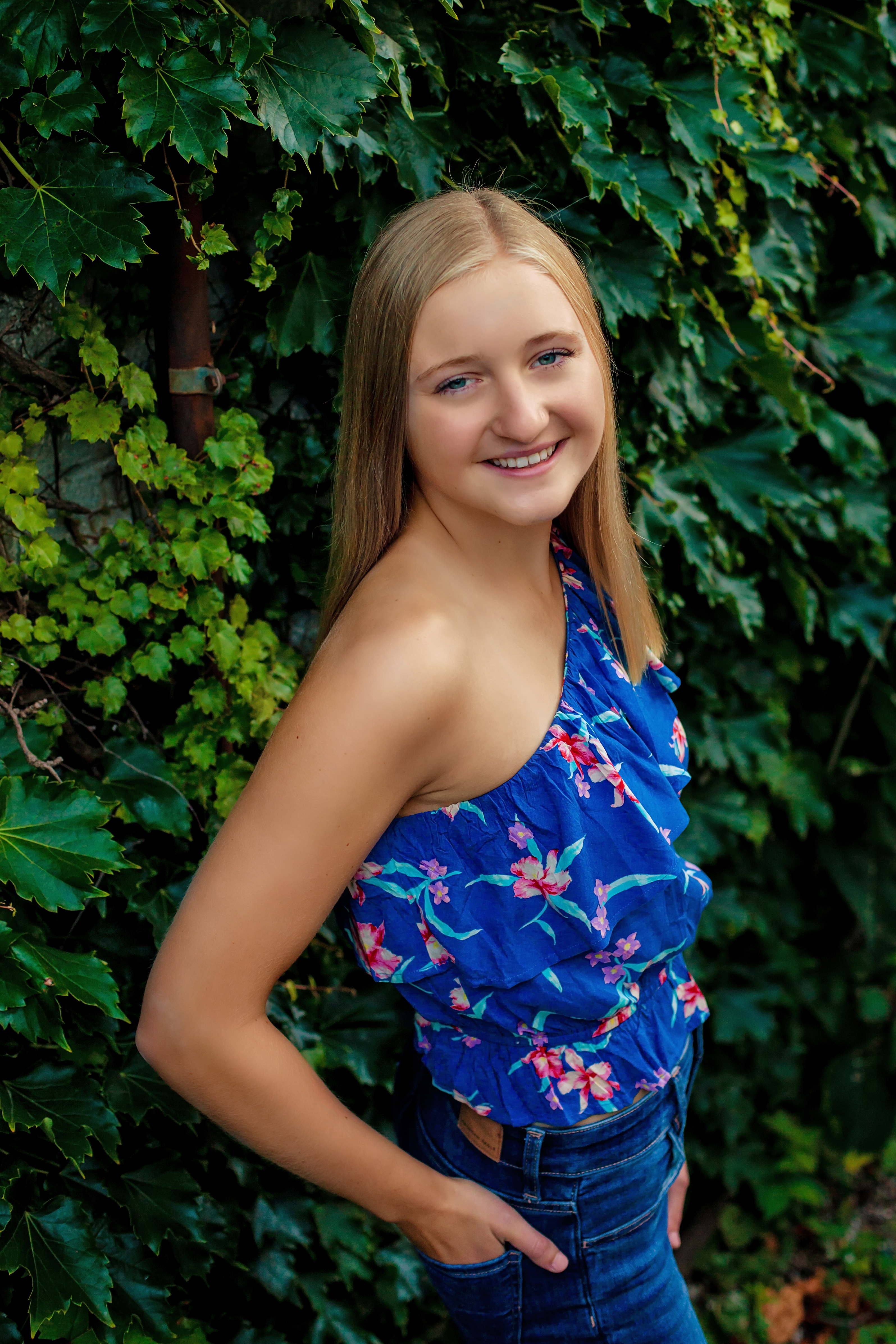Celebration of Scholars
#42: Immunofluorescence Staining of Zebrafish Retinal Ganglion Cells

Major: Neuroscience
Hometown: Raymond, WI
Faculty Sponsor: Steven Henle
Other Sponsors:
Type of research: Independent research

Major: Neuroscience
Hometown: Naperville, IL
Faculty Sponsor: Steven Henle
Other Sponsors:
Type of research: Independent research
Abstract
Retinal ganglion cells (RGCs) connect the eye to the visual processing centers in the brain. They take the information the eye receives as light and transfer it to the brain to be processed. Humans are unable to regenerate RCGs and may be permanently blind if the RGCs are rendered non-functional. However, Zebrafish can regenerate RGCs making them an ideal organism to study to understand how regeneration could be induced. It is necessary to develop methods of RGC labeling and imaging in order to efficiently study them. Our research has focused on improving and refining antibody staining techniques to best visualize the development of RGCs in embryonic zebrafish using the ZN-5 antibody, which binds to proteins in RGCs and causes them to fluoresce under a microscope. We used embryos from two to four days post-fertilization in order to find the ideal stage of development for imaging, and have been changing reagent conditions to obtain high-quality images of the optic nerve with the ZN-5 antibody. This project is ongoing. By the end of the semester, we hope to determine the efficacy of the ZN-5 antibody on different stages of zebrafish embryos when labeling the retinal ganglion cells.
